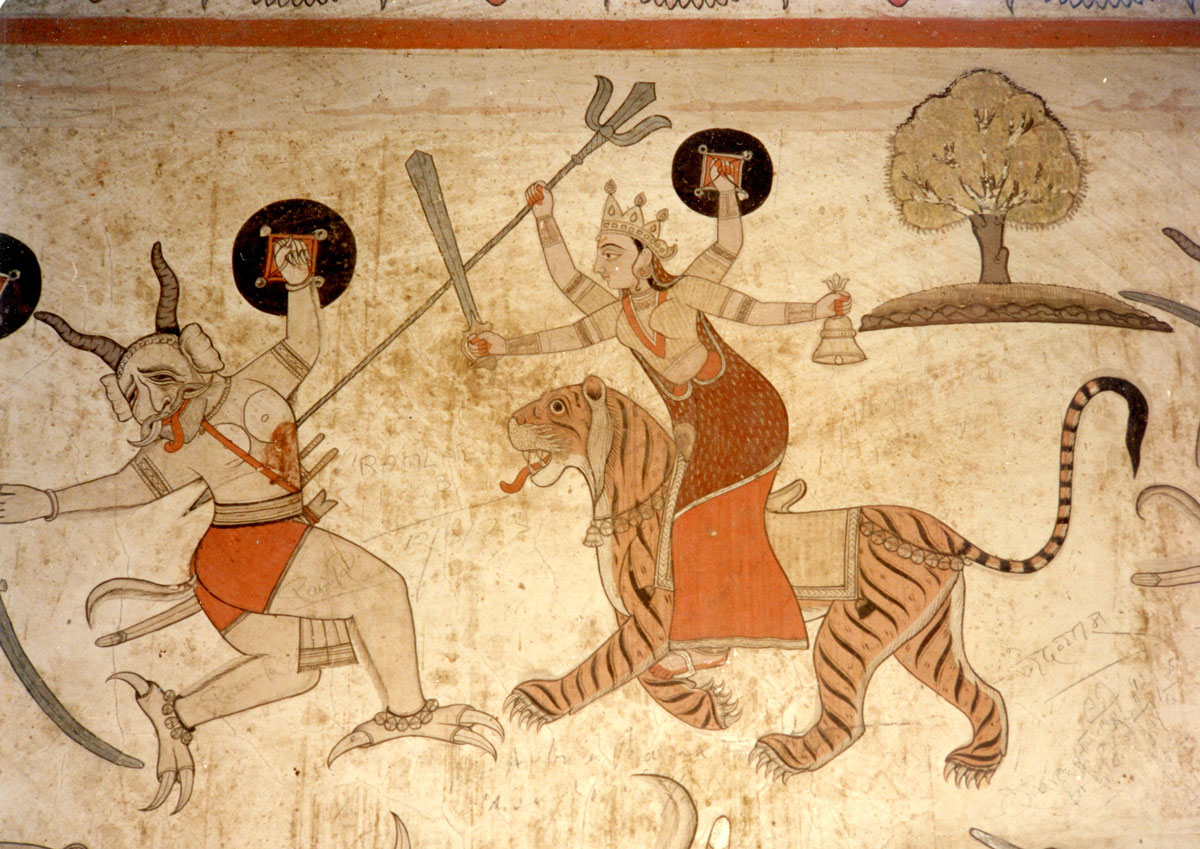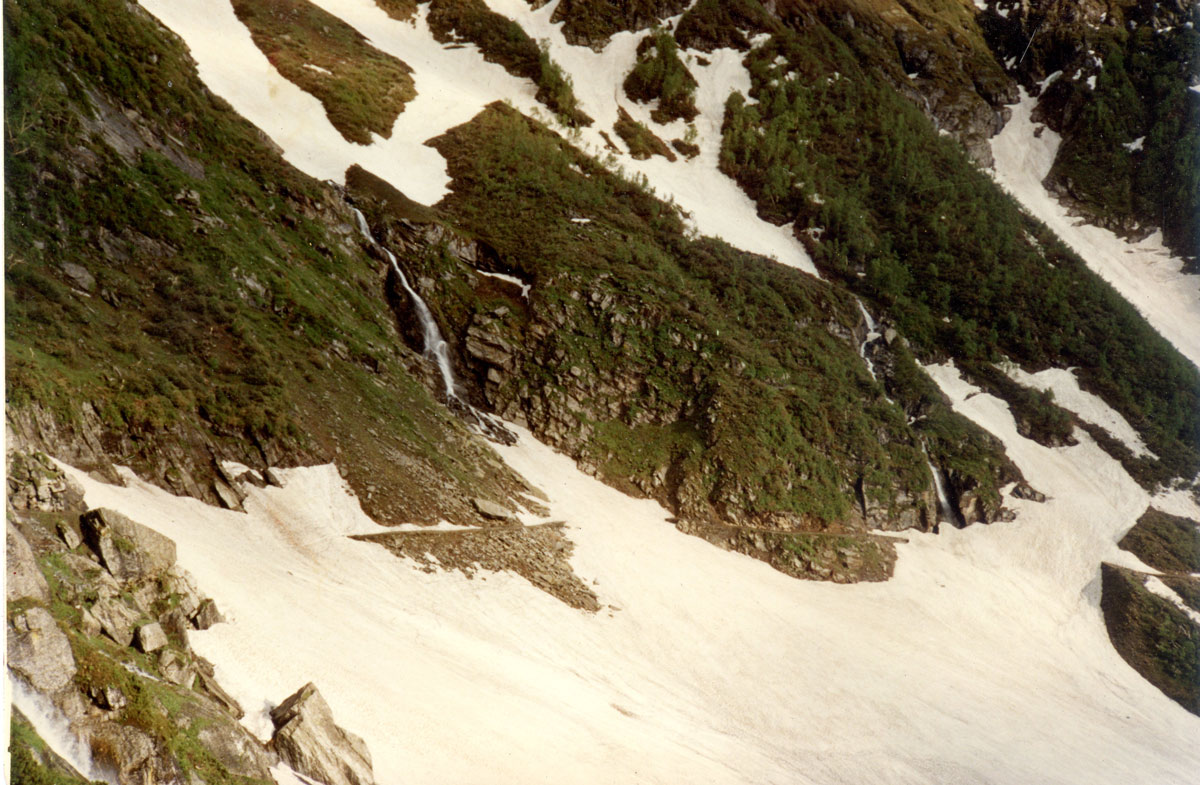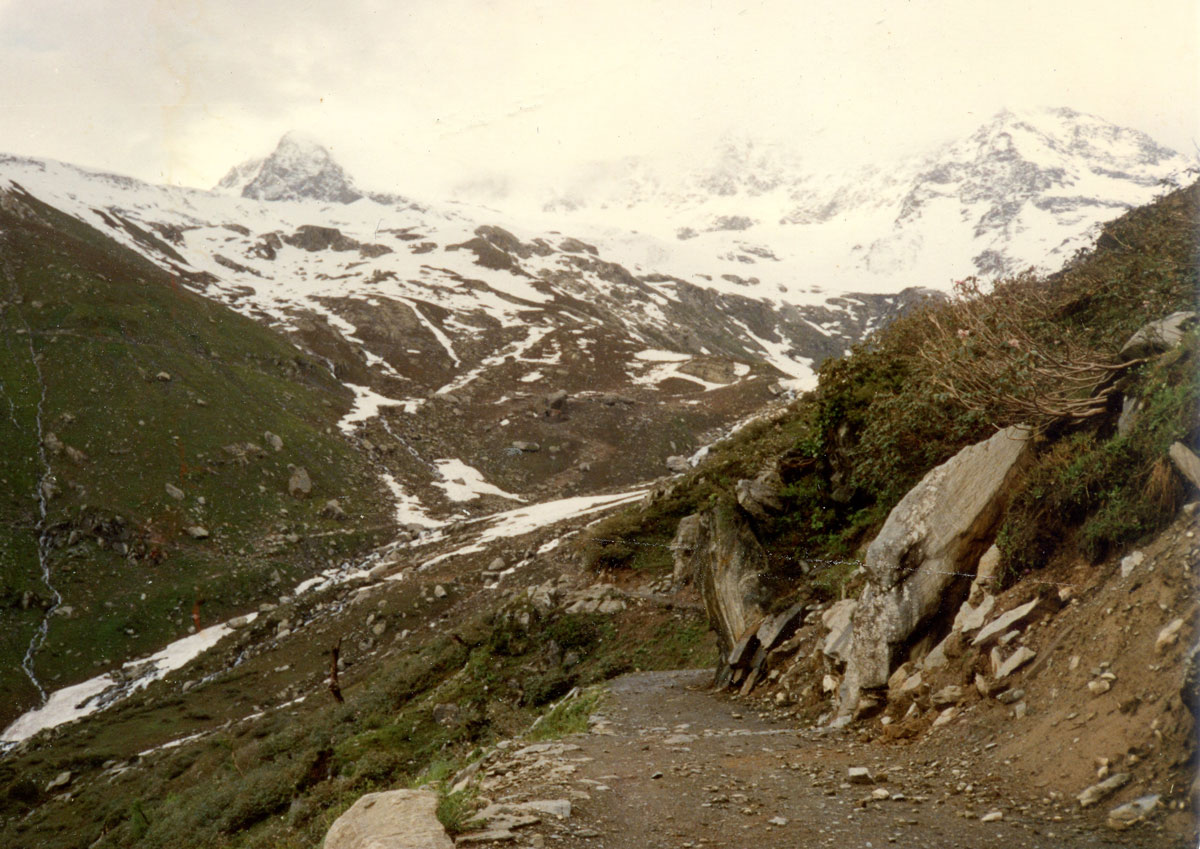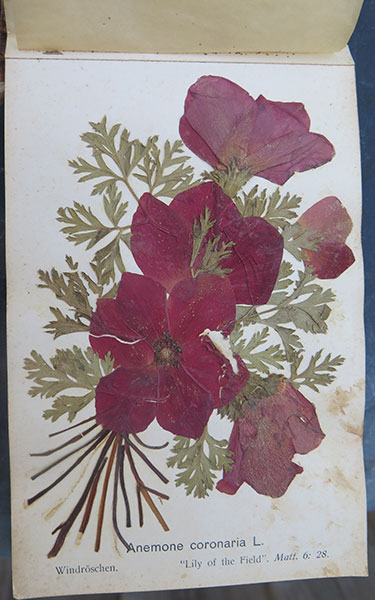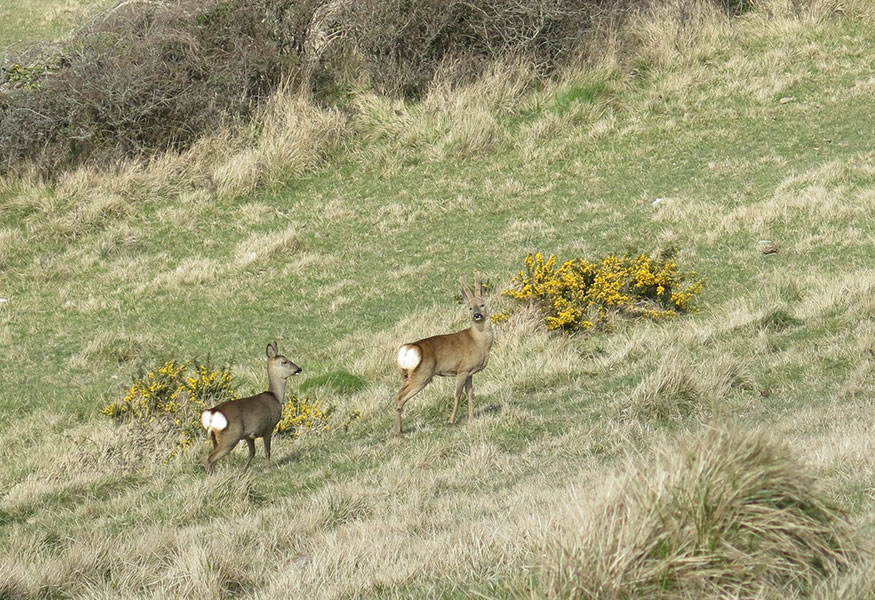44. In Pursuit Of Murals Through The Himalayas 1
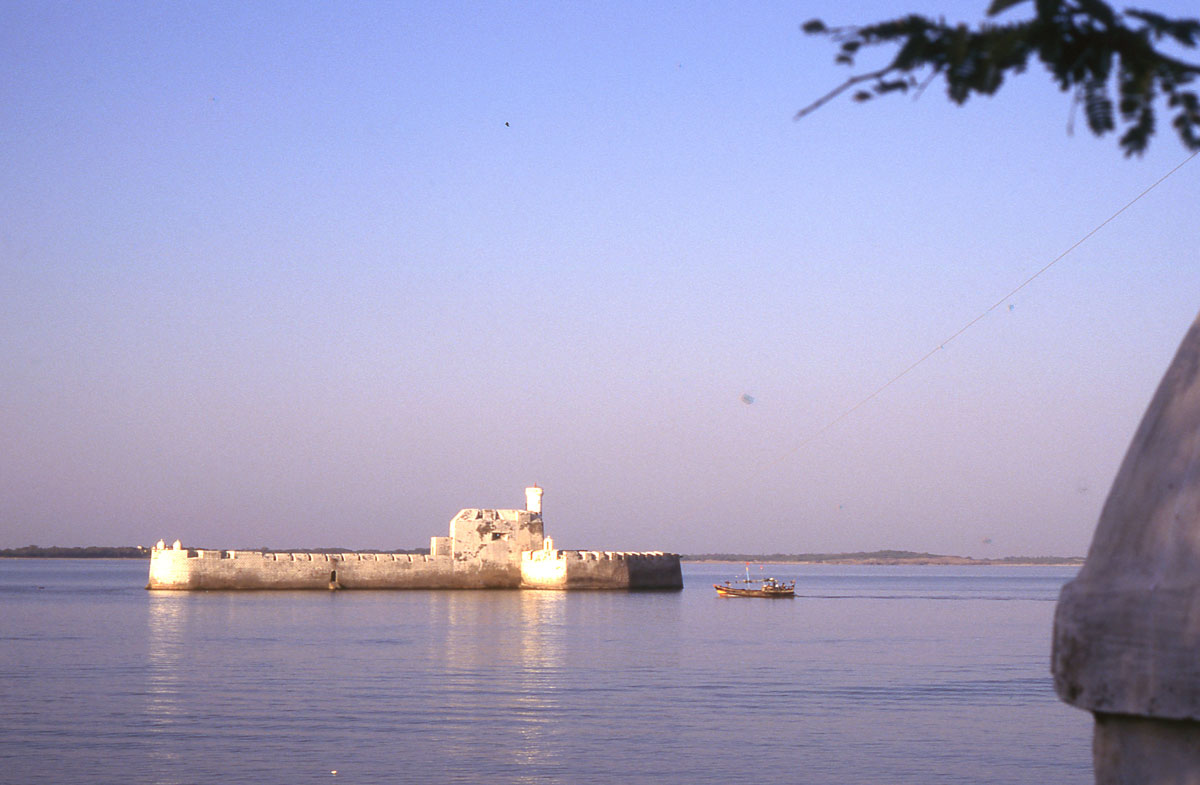
43. Living In Diu
February 18, 2021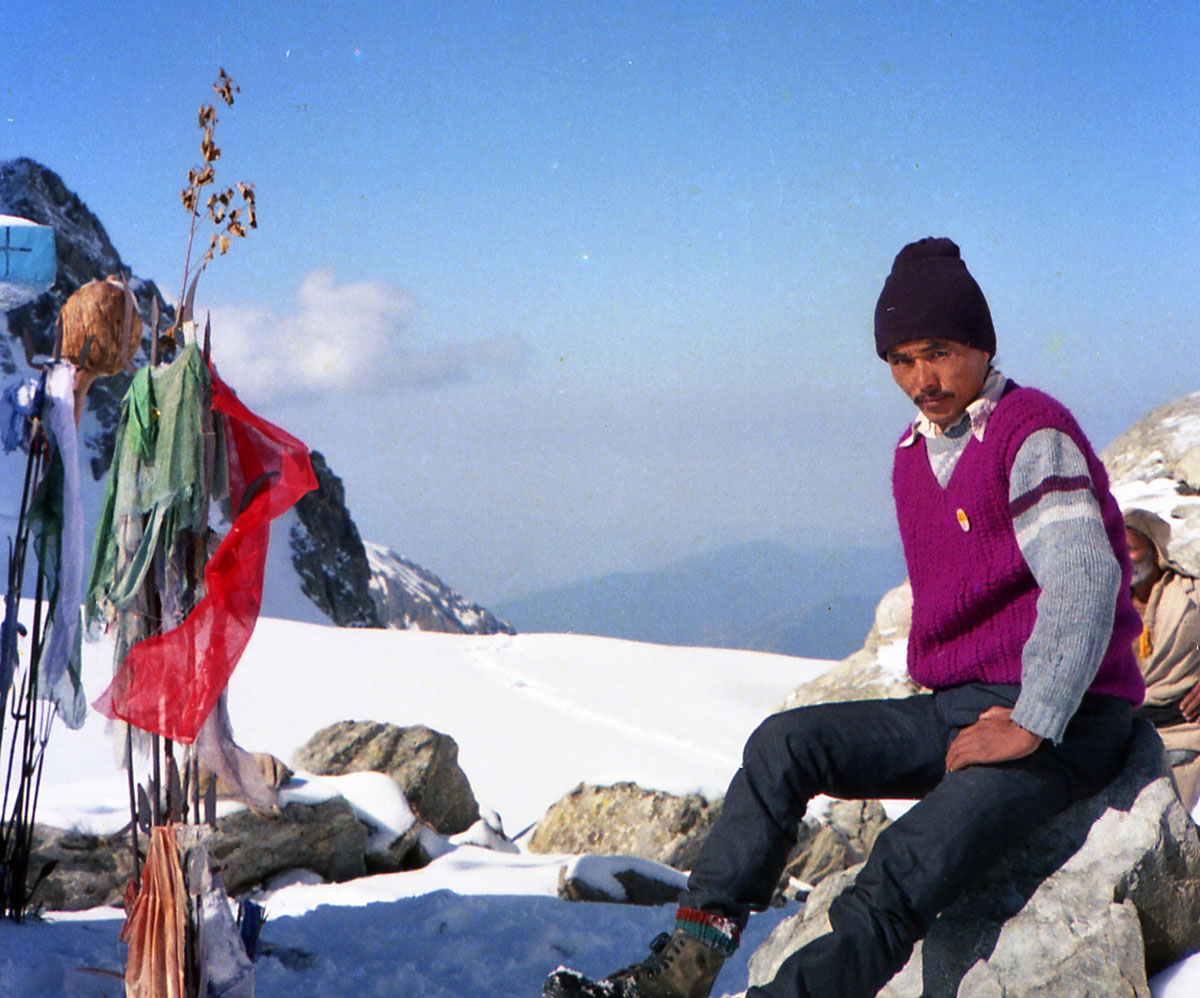
45. In Pursuit Of Murals Through The Himalayas 2
March 4, 2021A rmed with a scholarship, I spent the year 1989-90 in search of wall paintings. That led into the Himalayan foothills. At Chamba I was told of a small, painted temple, told of others beyond the Pir Panjal mountains. That meant crossing the Sach Pass. Its height, obscured by my map's fold, seemed to be 1428 metres - a nice mountain walk. The 05.00 bus never came so, buying some buns, I caught the next. It was packed so a nasty-faced policeman insisted some passengers get up on the roof, making it increasinly unstable.
The journey was long and terrifying, often skirting a sheer precipice dropping towards a distant torrent. The driver was good – after all, I survived – but high-spirited, speeding down inclines regardless of precariousness, narrowly evading vehicles coming the opposite way. No one could survive that fall! A man suggested where I should get out. Mercifully, a kid intervened; living near the temple, he would show me the way: 'wait until the bus has climbed further'. Two Nepalis heading over the Sach Pass next day offered to take me: 'just ask for Jimmy Sherpa!'
We got down at the road's last loop before Bairagarh. Hari Singh, a bright, pleasant kid in the 9th class, led the way along the valley's north flank past trees of sweet-smelling wild roses where a cuckoo called. On the terraced hillside maize grew alongside pathetic wheat. He pointed far down into the valley to where the man had suggested I get out and earned his share of those buns! There were bears higher up, near the snow, where men hunted timid Musk Deer for their valuable scent glands. His village was snowed in two months each year.
At the valley's head a torrent descended past stone mill-houses built to grind maize. At a Banjara (gypsy) camp one old lady wore an odd embroidered hat, a small disc with a stiff tassle pointing backwards. It rained lightly as we climbed a short-cut up a spur and, through the larches and deodars, Hari Singh pointed out the village set against the snow peaks of Pir Panjal then, indicating the wooden temple, he headed homewards.
It was worth the 2 ½ hour walk. Devi ri Kothi temple was built in the mid 18th century by Chamba's raja. Its wooden facade bore bells and ornate deer horns. The interior was richly painted with deities, especially the goddess, Chamunda on her decorative tiger slaying wondrously dreadful demons. The pictures were not brightly coloured, just a palette of black, white and shades of a red-brown perhaps red lead because, in places, it had blackened. The rain kept up whilst I examined the murals. Outside, a group of friendly villagers enjoyed my telescope. The rain cleared in the early evening and I set off for Bairagarh and its government bungalow.
Next morning, armed only with tea, I made for Ranikot, a couple of hours away, where there was a little eating-place. A couple of young men were already waiting for food. Expecting the usual dal with rice, I got a fine meal; the other men had collected delicious fungi which they insisted I share. It was tempting to eat all they offered but, since we were five, I claimed to be full while still bloody hungry!
It was midday, raining lightly, when I left up the valley, a thunderstorm following close behind deep cloud turning day into scarey dusk. Crouching beneath an overhanging rock, I watched the storm. A pillar of cloud rose from the larch-filled gorge. Had the lightning set the trees alight? But it was only a column of cloud, wisps dispersing into the rain. Lighting a fire in the shelter, I made coffee as another storm passed then, as I left, a young couple appeared, drenched, and gladly inherited the fire.
From there onwards the rain held off. The larch trees gave way to birch then to still-flowering rhododendrons. Golden kingcups became the common flower. Climbing ever higher, soon hard snow slides covered the torrents that cut sheer little valleys down to the river far, far below. They seemed little enough hazard at first but then on the first really steep one I slipped and, regaining balance, looked down. The snow chute descended out of sight, its frozen surface affording no grip. I had to be more careful, nervous. Alone, with no witness, it could have been a complete, absolute vanishment! That ice drift was followed by another, equally steep. The track, curving around the head of a valley, was covered by more tracts of snow. I thought, not very seriously, of going back, but that would mean recrossing the previous slides. There were four more tracts of snow to cross but none was so steep.
Ahead lay Satrundi, raised above the track on bare ground with snow all around. It was no village, just a summer camp of a couple of huts built against a huge rock and several low rubble-walled rectangles covered by temporary tent roofs. Above stretched deep snow. A young Tibetan, Sring Aang Jen appeared and took me to his Ladakhi friend's 'hotel', where we talked over tea. He commented on my cheap Polish shoes: they would be too slippery. That, already apparent, was not good for my confidence! I opened the map. It had to be wrong about the height of Sach Pass. Looking again more carefully the faint '1' morphed into another '4': 4428 metres. That fitted!
After a large supper of the usual dal and rice but laced with very hot pickle, we slept. Well, he slept soundly. All night I could hear his soft regular breathing. Me, I lay awake listening! Despite a sleeping bag and a thick rezai, it was bloody cold and, for the first time in my life, I had altitude sickness: it was difficult to breathe, my chest pained, my throat was tight and the neck arteries were pumping hard.
Next day would start with all that snow to climb....

